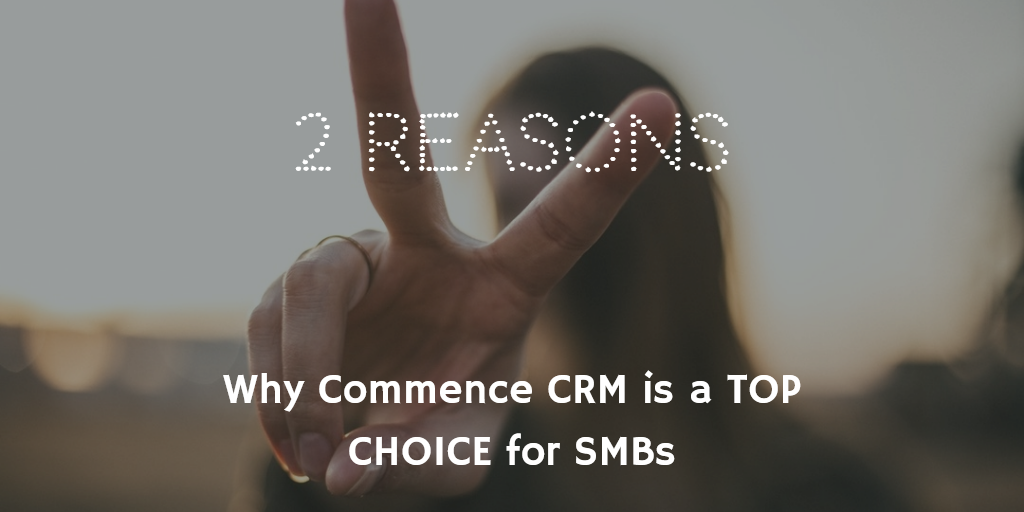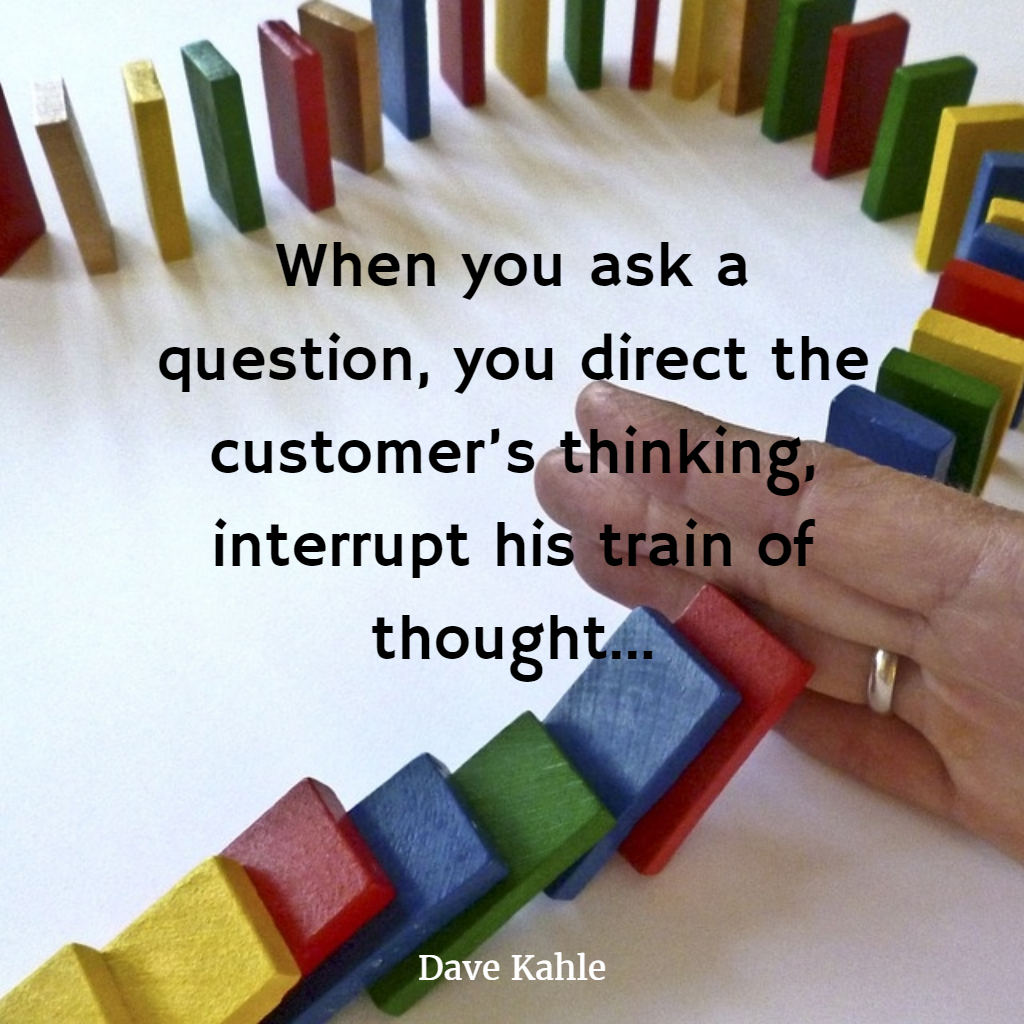
There is a lot to consider when selecting CRM software and with several hundred options, choosing the right one for your business can be a grueling exercise. While the press typically highlights industry giants Microsoft Dynamic and Salesforce.com, recent news has been about an up and comer that is quietly gaining market share. That company is Commence, makers of Commence CRM.
The company is firing on all cylinders and was recently listed as one of the Top 20 Most Popular CRM products for small and mid-size businesses by Capterra, who periodically reviews industry software products. Commence CRM also made the Gartner’s FrontRunners Quadrant for CRM solution providers and is listed by Business-software.com as a Top Choice for small to mid-size businesses.
Commence CRM is targeted at businesses that need more than the traditional low cost, one-size-fits-all solutions can provide, but who do not need or want the cost and complexity of higher end enterprise level systems. The company offers a number of compelling reasons to select them as your CRM solution provider.
First, the product offers a comprehensive suite of applications that rival enterprise level products at half the cost. In addition to the traditional Contact Management and Sales Automation found in most CRM solutions, Commence CRM offers:
- Marketing Campaign Management
- Group Calendaring
- E-mail integration
- Activity Management
- Help Desk Ticketing system
- Knowledgebase and FAQ
- Customer Portal
- Reporting
- Built-in Analytics
Commence CRM also recently added a fully integrated Project Management application that is getting much fanfare.
Furthermore, the applications are all modular in design, which means you can select only the functionality you need for your business today and add functionality later. Commence CRM is an all-in-one that you will not outgrow.
Commence CRM also includes administrative functions for easy management of the product, multi-level security permissions, and a high degree of customization that is simply not found in competitive products at similar price points. Add a top tier best in class data hosting service, outstanding customer reviews, and customer support that is provided by an assigned account manager and you have a solution that is tough to beat. Visit commence.com for more information and ask for a free trial.
source http://www.commence.com/blog/2017/05/31/compelling-reasons-to-select-commence-as-your-crm-provider/





